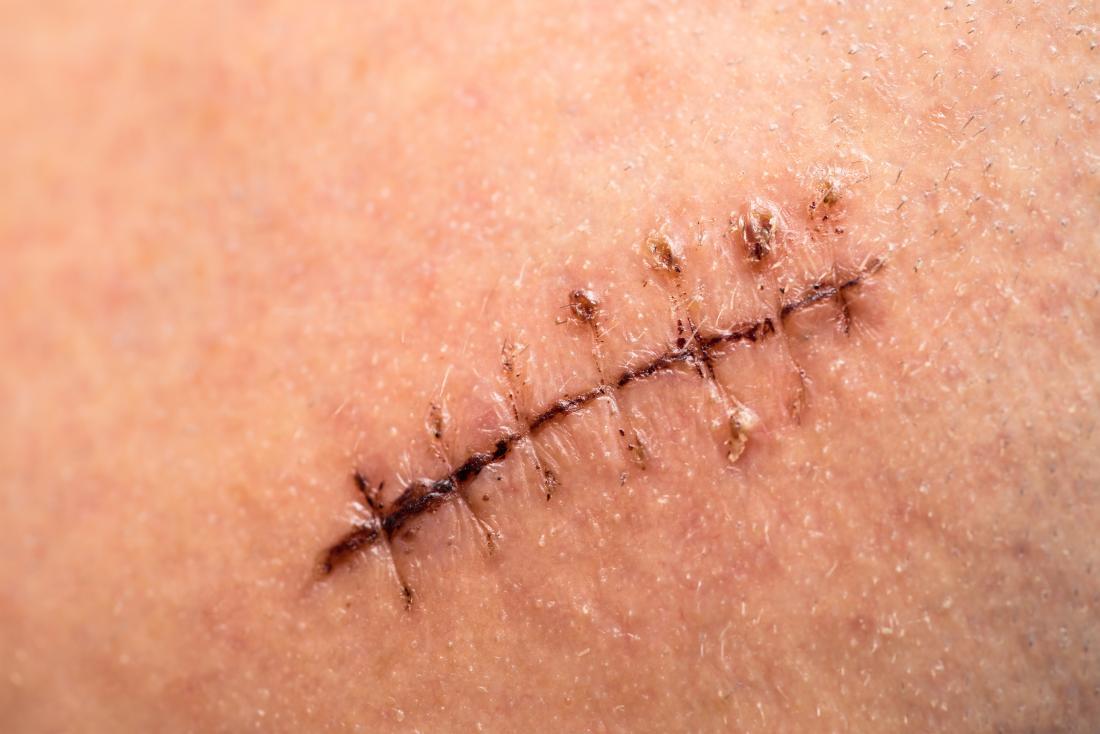Just in case you thought you need stitches only after a C-section, we have news for you. While it’s a commonly known fact that the vaginal wall can stretch and expand to facilitate childbirth, most women experience vaginal tears and require stitches.
If your vaginal opening stretches beyond a limit during childbirth, the area between the anus and vulva, known as the perineum, may tear. Depending on the tear's severity, stitches may be given to avoid the risk of any further tearing or infection.
So, When Are Stitches Required?
First-degree Tear
No stitches or treatments are required when only the skin of the perineum and outer layer of the vaginal opening tear. It is only a superficial tear that will heal naturally.
Second-degree Tear
When the muscle beneath the skin ruptures, you will be given stitches in the delivery room itself. It will heal within a few weeks.
Third-degree Tear
If the anal sphincter, or the muscles around the anus, rupture along with the perineal tissues and muscles, stitches will be required. The pain could be quite severe, and healing could take months even.
Fourth-degree Tear:
If the rectum, which is beneath the anal sphincter, is torn, an emergency operation may be required to fix the tear. You may be shifted to the operation theatre for this.
If You Opt For An Episiotomy
If your vaginal opening is not very big and you have a big baby, you could go in for an episiotomy. During this procedure, the surgeon makes an incision at the perineum so that the vaginal opening widens and the baby comes out easily through the birthing canal. Well, the tear will only be skin deep, the stitches will be taken care of in the operation theatre.
Is It Very Painful?
You most likely won’t feel a thing while getting stitches. Your doctor may administer an epidural, spinal or general anaesthesia depending on the severity of the tear.
A catheter will be inserted so that urine doesn’t infect you during and after the stitches.
The area around the stitches will be sore and swollen for a few days and may get itchy as it heals. And you may feel a little discomfort while peeing.
What’s more, you may not even need to return to remove the stitches if you opt for absorbable or dissolvable sutures.
Healing Time
Vaginal delivery stitches usually take about 2 to 3 weeks to heal if you are well-rested. However, it all depends on the tear. A severe tear may take 6 to 8 weeks to heal. After about a week, the pain may reduce. However, you may feel some discomfort for about a month or so. Ideally, you should book a follow-up appointment with your doctor after 6 weeks to check if it is healing properly.
Tips for relief and to recover faster
-
Wash your vaginal area well, using warm water (very hot water isn’t advisable) and mild soap after peeing.
-
It would be advisable to use a western commode instead of an Indian toilet, so you needn’t squat and exert pressure on the stitches
-
Have a fibre-rich, well-balanced diet and drink plenty of water to avoid constipation
-
Expose the stitches to air for about 15 minutes a day, so it heals faster
-
Avoid lifting anything heavy or doing any strenuous exercises
-
Pelvic exercises and short walks improve blood circulation, which aids quicker healing
-
Change maternity pads and undergarments frequently to avoid infection and use an antiseptic cream on the area that is sore
-
Wash your hands thoroughly after changing pads or using the washroom
While you may now be prepared for whatever is in store for you, we sure hope you won’t need sutures in the future.
Author Bio: Prapti Chauhan is a professor of Genetics in Bangalore. She has contributed to several online research papers. However, she passionately develops contents on pregnancy, childbirth, childcare and stem cell banking and umbilical cord lining and more.













No Comments